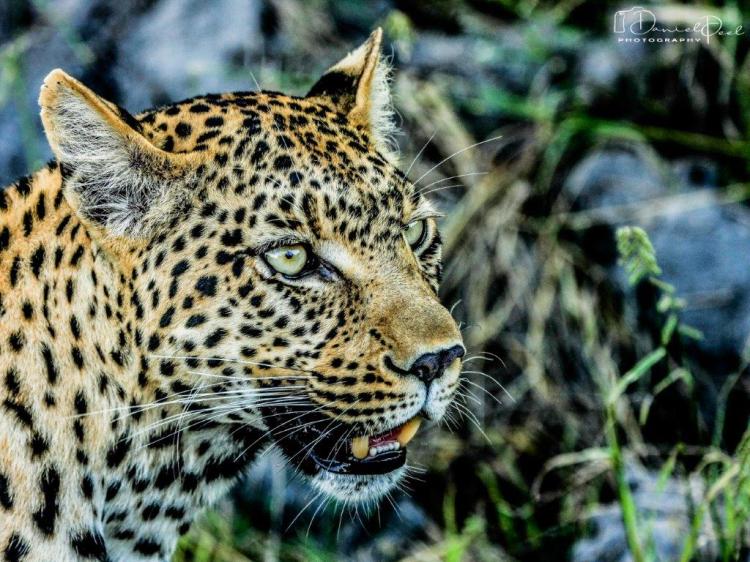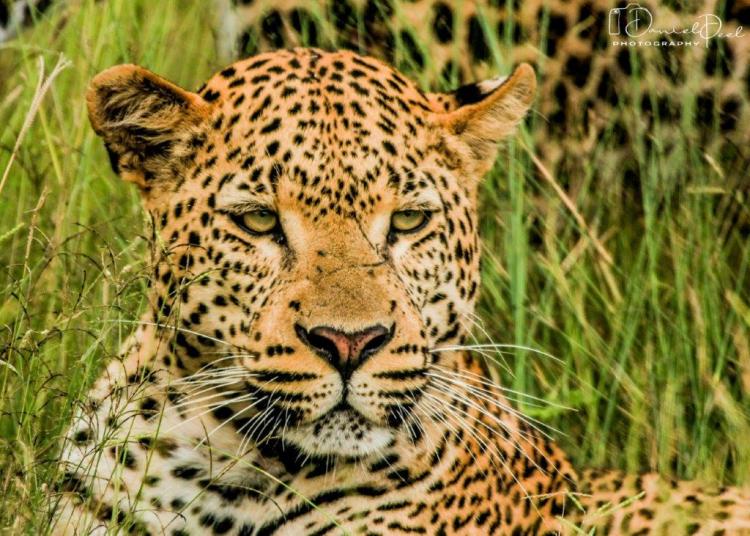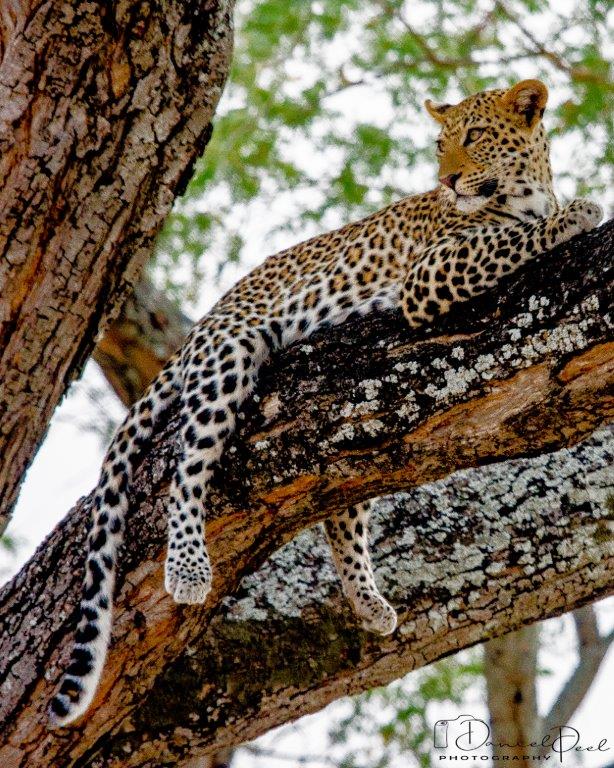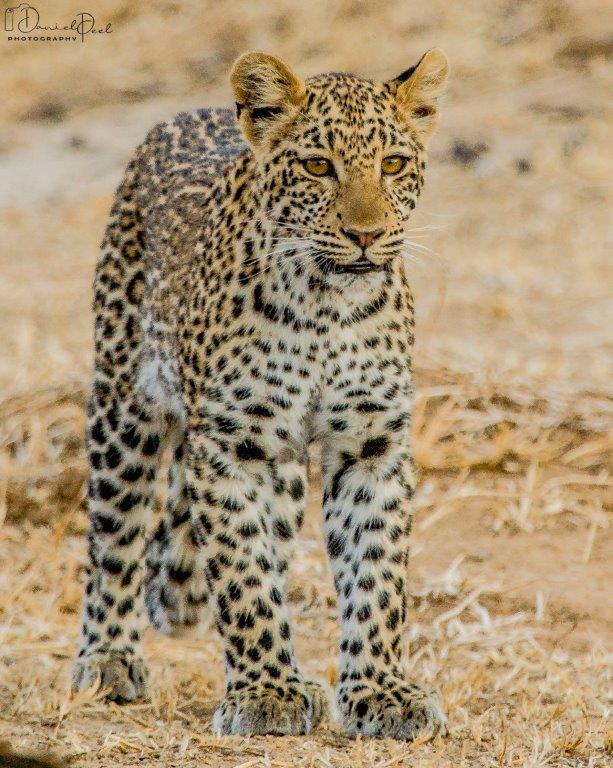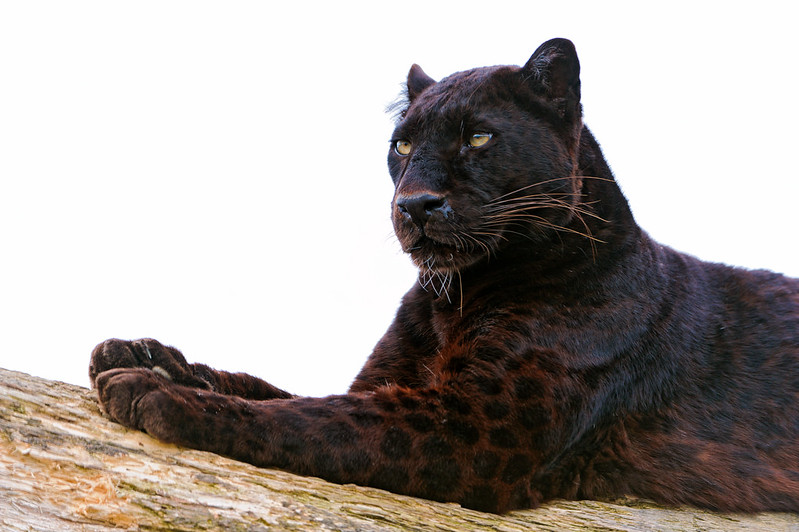African LeopardLeopards are the least social of the big cats, mainly keeping to themselves. They are extremely stealthy hunters, often going unnoticed throughout most of their range.
The African Leopard Quick Facts
Latin name: Panthera pardus Where Do Leopards Occur?Leopards are the most versatile of the big cats in the world with the ability to survive in a huge variety of habitats. They can make their home in areas of semi-desert, mountains, savanna, tropical rainforest and anywhere in between. They have even been known to move through urban areas and may sometimes prey on pets hunted straight out of a garden. Because of this amazing adaptability leopard occur throughout Africa and Southern Asia and have colonised and thrive in almost every habitat, with the exception of extreme desert areas.
Unfortunately, due to habitat loss and persecution by farmers protecting livestock, their historical range has been greatly reduced and the leopard was put on CITES (Convention of International Trade of Endangered Species) Appendix 1 in 1975, which classes them as threatened with extinction and a level of control of the trade of this species has been implemented. What Do African Leopard Eat?Due to leopards' wide range of habitats they need to be able to exploit a large variety of prey. In favourable areas they will take advantage of the good pickings and feed on larger more abundant food sources. In more hardy areas, they need to be able survive on a wider spectrum of smaller food types. These prey species range anywhere from impala-sized antelope right down to birds, catfish, rats, frogs and even grasshoppers. The classic scene of a leopard in a tree with its kill is a well-known one. Having incredibly powerful shoulders and legs they can effortlessly haul an antelope twice its own body weight a few meters up a vertical tree. This caching in a tree avoids conflict with other larger predators that wouldn't think twice before stealing their well-earned meal. Lion and hyena are the main culprits, and although lion can climb, they are generally quite clumsy and awkward in a tree.
They are very comfortable in trees How Big Are African Leopard?Leopards are the smallest member of the "Big Five". However, they definitely deserve their place among the giants as they are particularly ferocious and cunning when hunted.
The smallest of the Big Five The size variation between different populations of leopard is huge. Leopard that live in the mountains need to be smaller and more agile, while savanna leopard are big and strong to take down larger prey and haul them up trees away from lions. The smaller leopards can weigh in at only 40kg (90lbs) while large males in savanna habitats can push up to 90kg (200lbs) or more. How Do African Leopard Hunt?Leopard are ambush hunters relying heavily on their beautifully camouflaged coat. Their well-known spots are actually rosettes - a series of spots arranged in a circular pattern. These rosettes help to break up the outline of the body meaning they can disappear behind almost anything. They are very intelligent animals and they will make use of everything at their disposal, hiding behind fallen logs, in gullies and have even been known to launch a surprise attack from trees above their prey. Leopard have unbelievable patience and will try to get as close as possible before springing the attack, often waiting for their prey to come to them. Although they are extremely fast over short distances, they cannot sustain this and usually if the prey escapes the initial pounce, they won't give chase. What is a Panther?A panther is essentially a black or melanistic leopard or in fact any species of Panthera, with leopard and jaguar being the most common. A recessive gene promotes the production of too much melanin or dark pigment as an embryo, resulting in a darker than normal animal. These panthers appear completely black but upon closer inspection their coats will show the characteristic rosette patterns.
Black leopard (photo: Tambako on Flickr) Although panthers are more well-known from rainforests in the Amazon (these being the melanistic forms of the jaguar), melanistic leopards have been reported over their range, mostly in Asia. However, 'African Panthers' have been seen but are extremely rare. Do African Leopard Occur in Victoria Falls?As stated above leopard are very adaptable and occur in a wide range of habitats, so they do very much occur in and around Victoria Falls. They are very secretive animals, so are not seen as often as the bigger cats, like lion but none-the-less they are seen.
|
|
||
|
|
|||
|
|
|||
|
| |||
